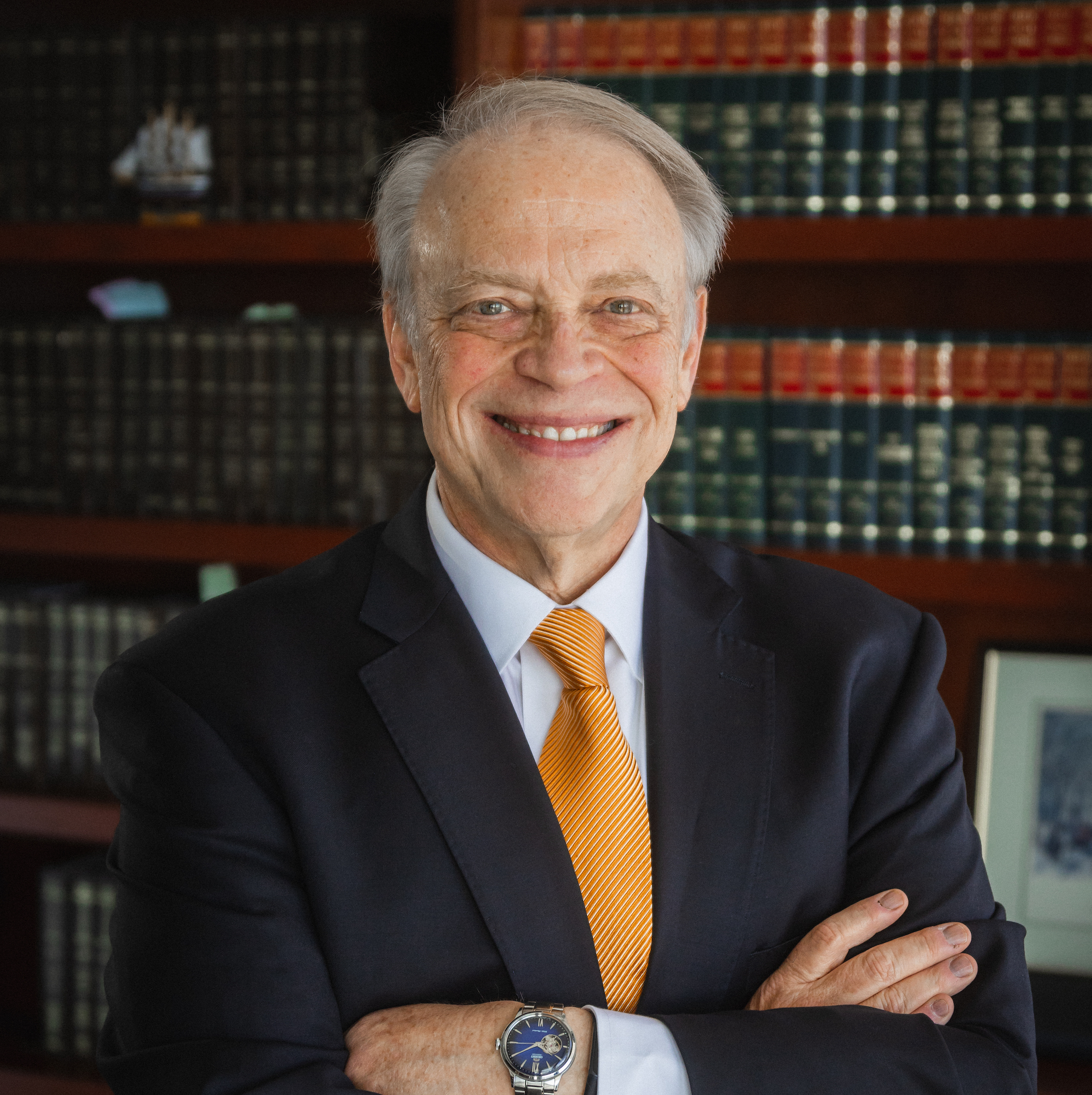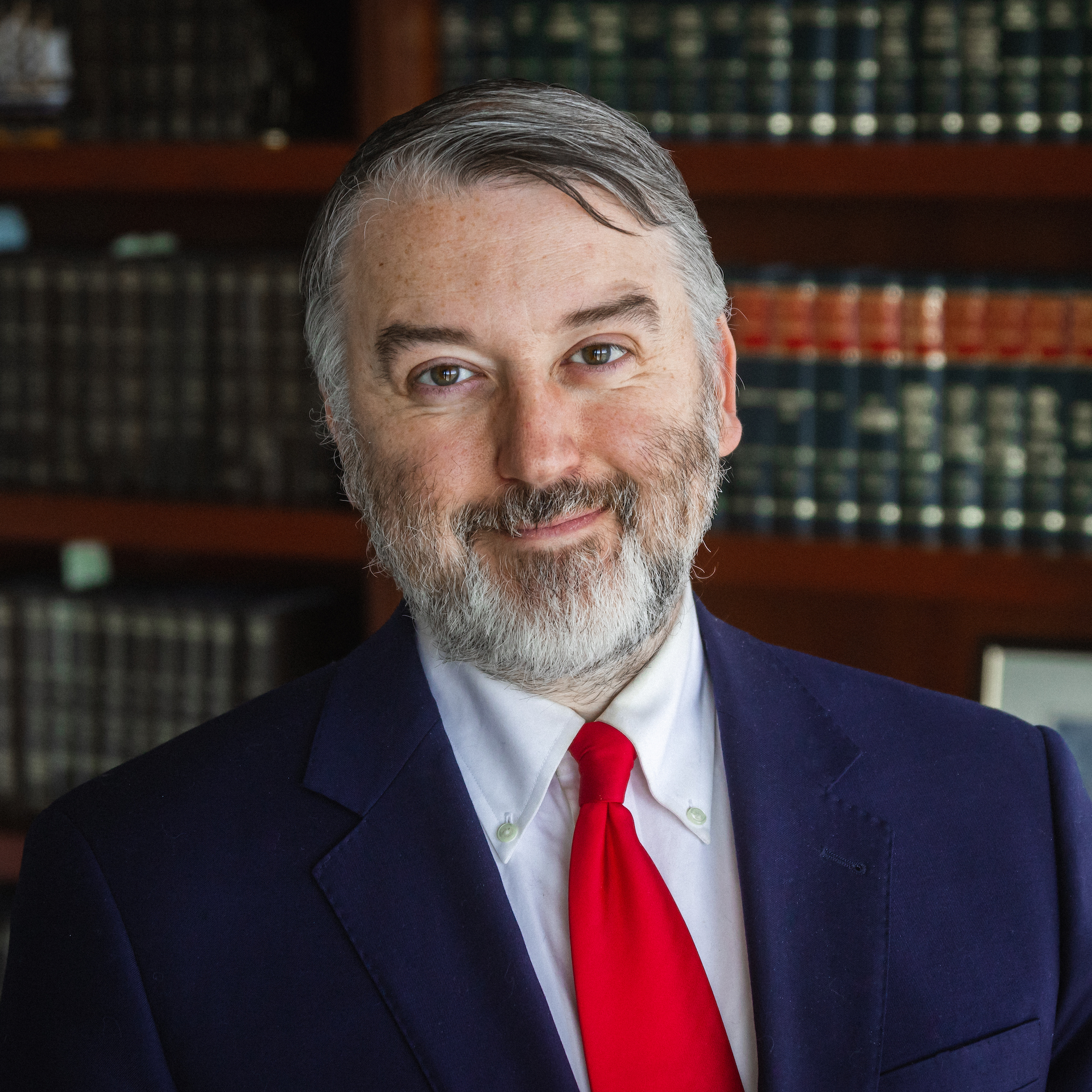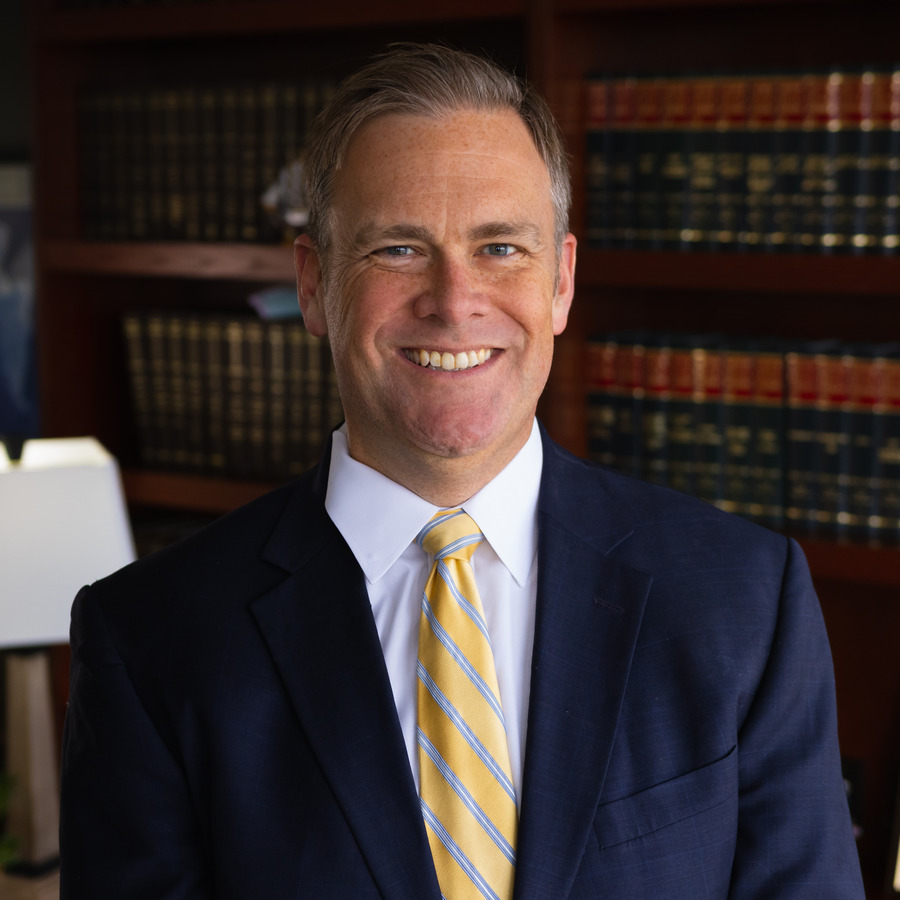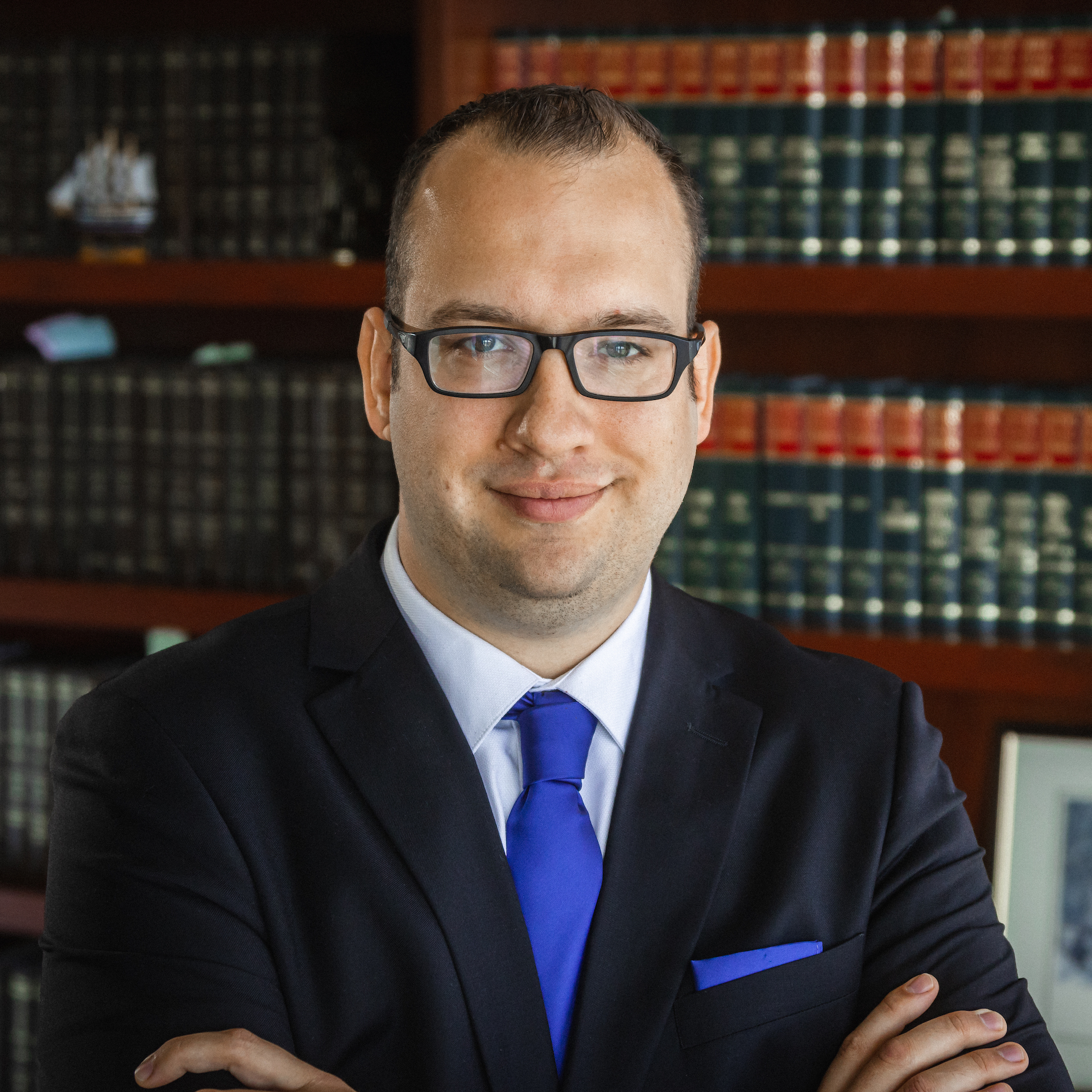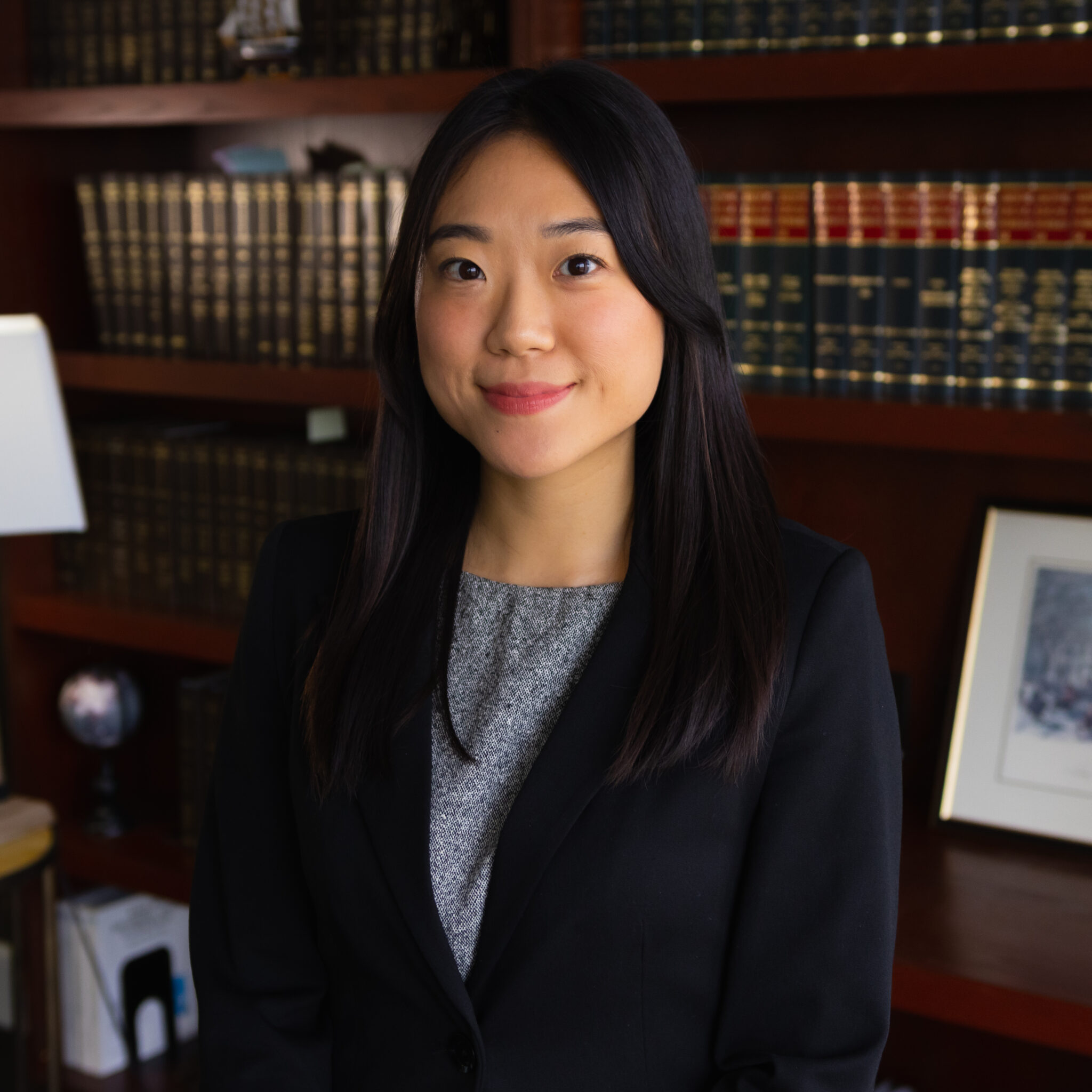In bankruptcy, there are dischargeable debts and non-dischargeable debts. What is the difference? People can eliminate their liability for dischargeable debts through the bankruptcy process, whereas they cannot eliminate their liability for non-dischargeable debts and will still be responsible for paying them after the bankruptcy is complete.
Student loans fall into the category of non-dischargeable, although in certain rare circumstances, the bankruptcy court grants debtors a hardship discharge, relieving them of their student loan liability. Although bankruptcy typically does not discharge student loans, it may still be a useful tool for consumers with burdensome student loan debt. An experienced Kansas City bankruptcy attorney can evaluate your financial situation and explain your bankruptcy options.
How Chapter 7 Can Help
With Chapter 7 bankruptcy, debtors are able to discharge most unsecured debt, including medical bills, credit cards, payday loans and certain income taxes. They can also surrender secured property which they are no longer able to afford and discharge any remaining liability for it. By eliminating most, if not all, of their other debt obligations, Chapter 7 debtors can free up additional income for their student loans. Money that was once going toward credit card minimum payments, for instance, can instead go toward student loan payments.
How Chapter 13 Can Help
With Chapter 13 bankruptcy, consumers enter into a repayment plan that lasts three to five years. The repayment plan allows them to reorganize their debts and emerge from bankruptcy more financially sound. The debtor consolidates creditor payments into a single, affordable plan payment based on the debtor’s budget, thus providing the debtor with temporary relief from hefty student loan payments. Chapter 13 debtors can pay off past due mortgage payments, IRS debt, car loans, and other secured and priority debts, as well as a percentage of their unsecured debt. Upon completion of the repayment plan, most debtors are eligible to receive a Chapter 13 discharge. By paying off certain debts and discharging others, many people find they are better able to afford their student loan payments after Chapter 13 bankruptcy.
The Hardship Discharge
Chapter 7 and Chapter 13 debtors can seek a hardship discharge by demonstrating to the bankruptcy court that repaying their student loan debt poses an undue hardship. Debtors granted a hardship discharge do not have to pay back their student loans. Some situations that may warrant this special discharge include:
- No benefit was received from the education
- The school was fraudulent
- Ongoing physical or mental impairments prevent the debtor from working
Hardship discharges are often very difficult to obtain. To learn more about how bankruptcy can help with student loan debt, contact a knowledgeable Kansas City bankruptcy lawyer today.
 Book an
Book an Email
Email Directions
Directions